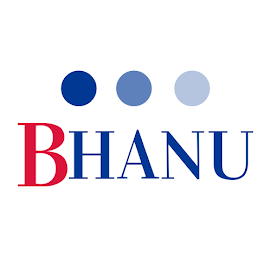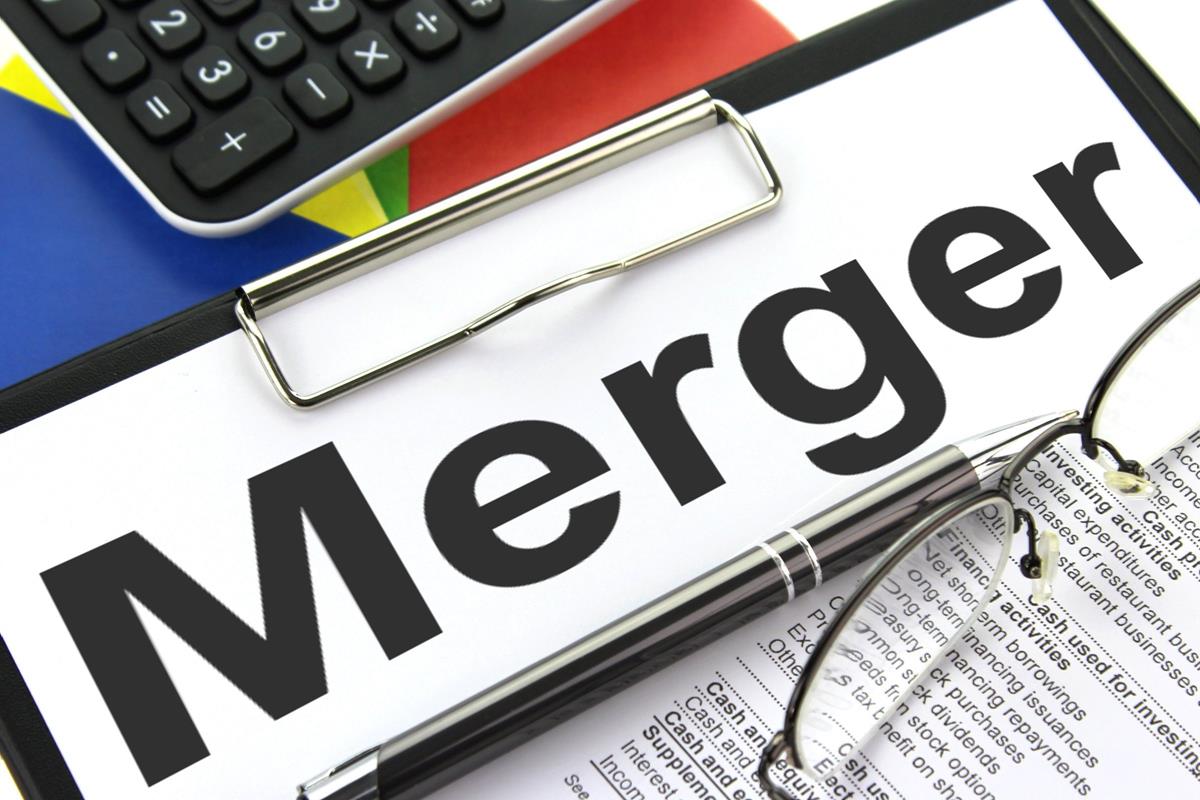Nepal Financial Reporting Standard 3
Business Combination
1) Objectives
The objective of this NFRS is to improve the relevance, reliability and comparability of the information that a reporting entity provides in its financial statements about a business combination and its effects. To accomplish that, this NFRS establishes principles and requirements for how the acquirer:
(a) recognises and measures in its financial statements the identifiable assets acquired, the liabilities assumed and any non-controlling interest in the acquiree;
(b) recognises and measures the goodwill acquired in the business combination or a gain from a bargain purchase; and
(c) determines what information to disclose to enable users of the financial statements to evaluate the nature and financial effects of the business combination.
2) Scope
This NFRS applies to a transaction or other event that meets the definition of a business combination. This NFRS does not apply to:
(a) the formation of a joint venture.
(b) the acquisition of an asset or a group of assets that does not constitute a business. In such cases the acquirer shall identify and recognise the individual identifiable assets acquired (including those assets that meet the definition of, and recognition criteria for, intangible assets in NAS 38 Intangible Assets) and liabilities assumed. The cost of the group shall be allocated to the individual identifiable assets and liabilities on the basis of their relative fair values at the date of purchase. Such a transaction or event does not give rise to goodwill.
(c) a combination of entities or businesses under common control (paragraphs B1–B4 provide related application guidance).
3) Recognising and measuring the identifiable assets acquired, the liabilities assumed and any non-controlling interest in the acquire.
At the acquisition date, the acquirer shall classify or designate the identifiable assets acquired and liabilities assumed as necessary to apply other NFRSs subsequently. The acquirer shall make those classifications or designations on the basis of the contractual terms, economic conditions, its operating or accounting policies and other pertinent conditions as they exist at the acquisition date.
The acquirer shall measure the identifiable assets acquired and the liabilities assumed at their acquisition-date fair values.
For each business combination, the acquirer shall measure at the acquisition date components of non-controlling interests in the acquiree that are present ownership interests and entitle their holders to a proportionate share of the entity’s net assets in the event of liquidation at either:
Ø fair value; or
Ø the present ownership instruments’ proportionate share in the recognised amounts of the acquiree’s identifiable net assets.
All other components of non-controlling interests shall be measured at their acquisition-date fair values, unless another measurement basis is required by NFRSs.
4) Contingent Liabilities
The requirements in NAS 37 do not apply in determining which contingent liabilities to recognise as of the acquisition date. Instead, the acquirer shall recognise as of the acquisition date a contingent liability assumed in a business combination if it is a present obligation that arises from past events and its fair value can be measured reliably. Therefore, contrary to NAS 37, the acquirer recognises a contingent liability assumed in a business combination at the acquisition date even if it is not probable that an outflow of resources embodying economic benefits will be required to settle the obligation.
5) Recognising and measuring goodwill or a gain from a bargain purchase
The acquirer shall recognise goodwill as of the acquisition date measured as the excess of (a) over (b) below:
(a) the aggregate of:
Ø the consideration transferred measured in accordance with this NFRS, which generally requires acquisition-date fair value (see paragraph 37);
Ø the amount of any non-controlling interest in the acquiree measured in accordance with this NFRS; and
Ø in a business combination achieved in stages (see paragraphs 41 and 42), the acquisition-date fair value of the acquirer’s previously held equity interest in the acquiree.
(b) the net of the acquisition-date amounts of the identifiable assets acquired and the liabilities assumed measured in accordance with this NFRS.
Before recognising a gain on a bargain purchase, the acquirer shall reassess whether it has correctly identified all of the assets acquired and all of the liabilities assumed and shall recognise any additional assets or liabilities that are identified in that review. The acquirer shall then review the procedures used to measure the amounts this NFRS requires to be recognised at the acquisition date for all of the following:
(a) the identifiable assets acquired and liabilities assumed;
(b) the non-controlling interest in the acquiree, if any;
(c) for a business combination achieved in stages, the acquirer’s previously held equity interest in the acquiree; and
(d) the consideration transferred.
6) Measurement Period
If the initial accounting for a business combination is incomplete by the end of the reporting period in which the combination occurs, the acquirer shall report in its financial statements provisional amounts for the items for which the accounting is incomplete. During the measurement period, the acquirer shall retrospectively adjust the provisional amounts recognised at the acquisition date to reflect new information obtained about facts and circumstances that existed as of the acquisition date and, if known, would have affected the measurement of the amounts recognised as of that date. During the measurement period, the acquirer shall also recognise additional assets or liabilities if new information is obtained about facts and circumstances that existed as of the acquisition date and, if known, would have resulted in the recognition of those assets and liabilities as of that date. The measurement period ends as soon as the acquirer receives the information it was seeking about facts and circumstances that existed as of the acquisition date or learns that more information is not obtainable. However, the measurement period shall not exceed one year from the acquisition date.
7) Disclosure
The acquirer shall disclose information that enables users of its financial statements to evaluate the nature and financial effect of a business combination that occurs either:
Ø during the current reporting period; or
Ø after the end of the reporting period but before the financial statements are authorized for issue.
The acquirer shall disclose information that enables users of its financial statements to evaluate the financial effects of adjustments recognised in the current reporting period that relate to business combinations that occurred in the period or previous reporting periods.


